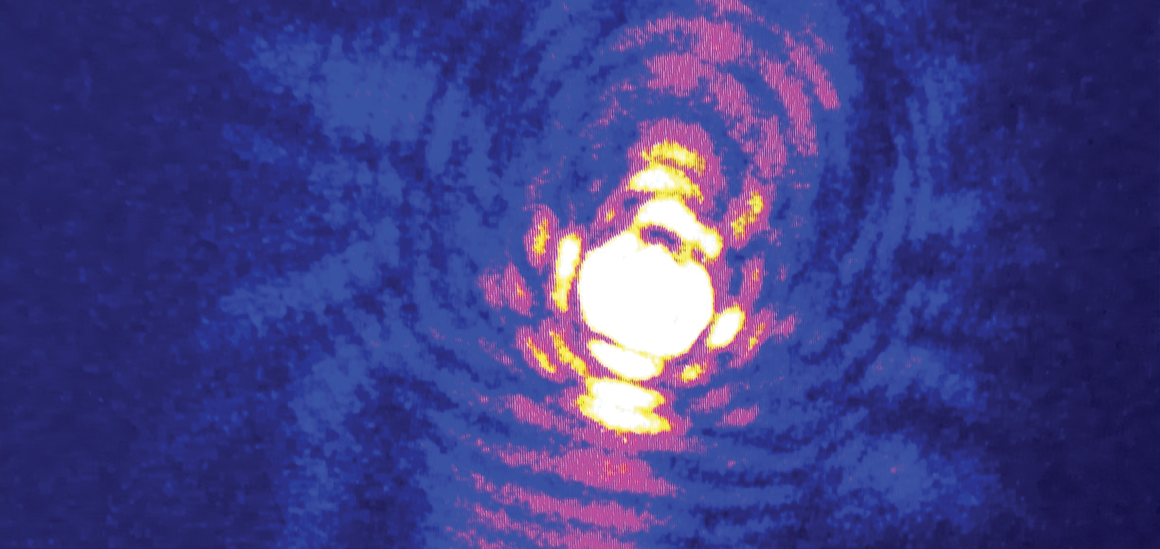
Broadband x-ray ptychography
Okay, so you all know me as the Imaging CoE’s media and communications/public relations person. But, not all of you know that I was a physicist with Centre CI’s Harry Quiney and Brian Abbey at both the University of Melbourne and La Trobe University nodes.
And, while I was down at the Lorne Proteins Conference last month, polishing up on my non-existent biology, my first paper was published. “Broadband X-ray Ptychography” extends work first published by CIs Harry, Brian, and Keith Nugent, as well as PI Andrew Peele in 2012.
In coherent diffractive X-ray imaging (CDI), we assume that the the X-ray illumination possess perfect spatial and temporal coherence so that the relationship between the image of the target and the diffraction pattern involves simple Fourier transformations. This simple relationship comes at a price because only a tiny fraction of the X-ray photons produced by a synchrotron source can be used to form the image if we impose these conditions on the illumination.
Imaging processes generally produce visual depictions of real objects, such as the umpteen photos a day we can take with our mobile phones. The foundations of image formation, however, are formulated within mathematical theories of information. In “Broadband X-ray Ptychography”, we show that readily available information about the characteristics of the illumination and the frequency-dependence of the response of the target can be used to produce high-resolution images using the entire harmonic spectrum produced by a typical synchrotron undulator. Unlike CDI, which can only produce images of finite objects, our implementation of broadband X-ray ptychography is a form of scanning X-ray microscopy that is able to image extended objects with diffraction-limited resolution.
Generally, the object to be imaged is probed using visible light, X-rays, neutrons, electrons or microwaves. The properties of the probe and the response of the target (object) to the probe combine to determine the signal that is collected by a detector. This information is then interpreted as an image of the object having interacted with the illumination.
In both visible light and electron microscopes, the interpretation step is partially carried out by designing suitable optics to form a recognizable image on a piece photographic film or electronic detector. However, when we use X-rays, there is an old adage that “the best optics are no optics at all”; it is better just to allow the X-rays to scatter from the target, collect the diffraction signal and process the image using computational methods.
Our article takes into account the response of the object — which is known for certain materials at certain frequencies — to determine the contribution of each frequency to the diffraction pattern, which is summed over all frequencies in the incident spectrum. Given a knowledge of the response of particular materials to X-rays, our new method may be used to obtain an accurate map of the thickness distribution of thin films, such as those formed in electrochemical processes. With the further development of X-ray detectors it may be possible to follow these processes with high spatial resolution and in real time, which could make significant contributions to the development of energy and data storage devices.
